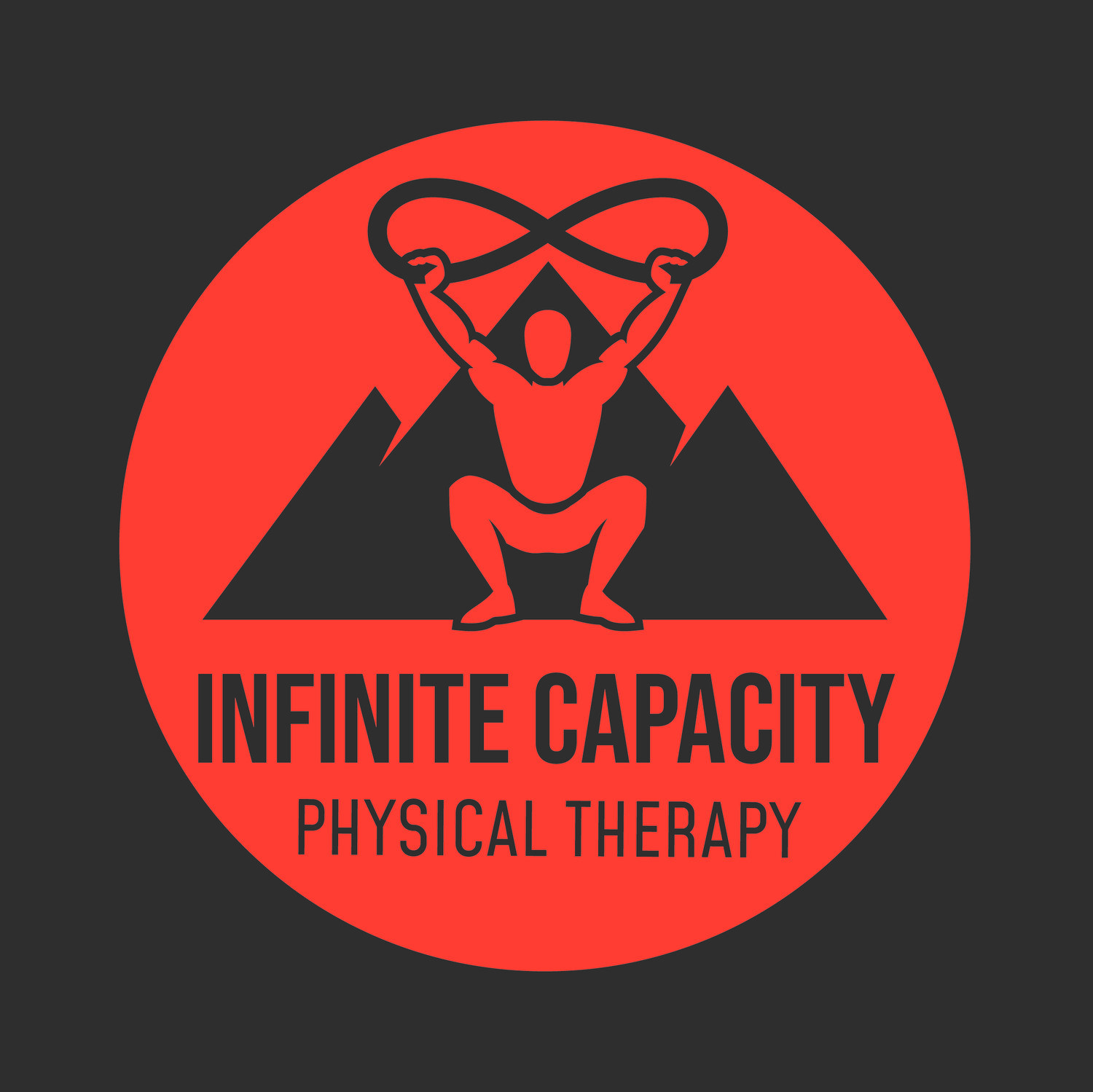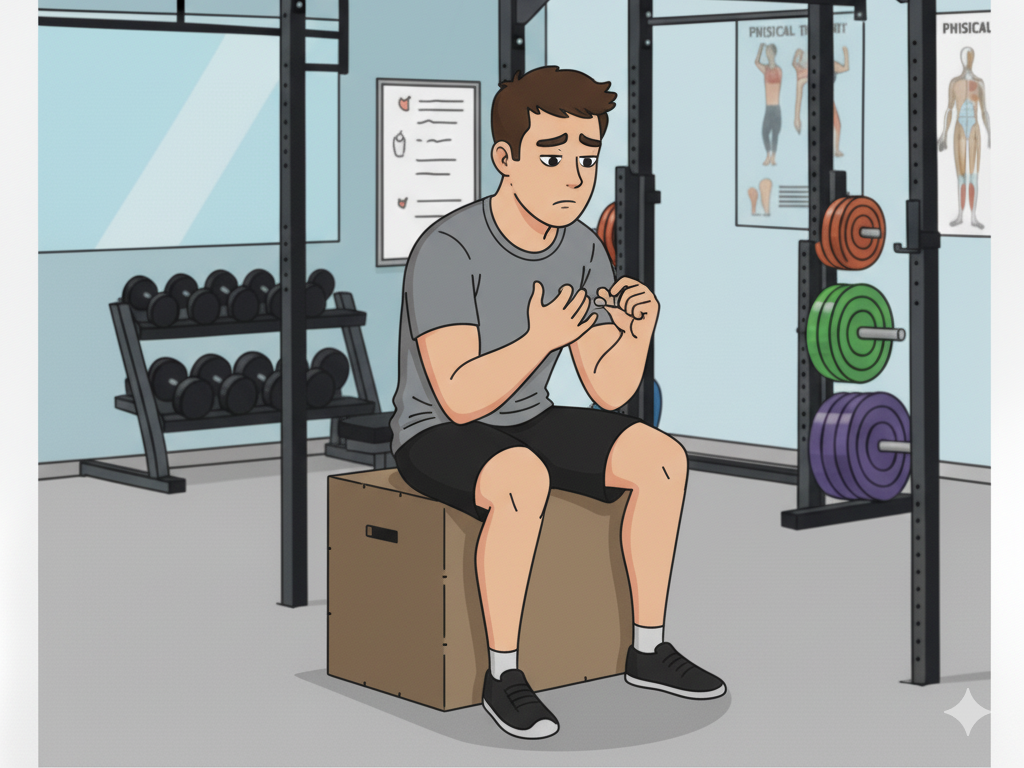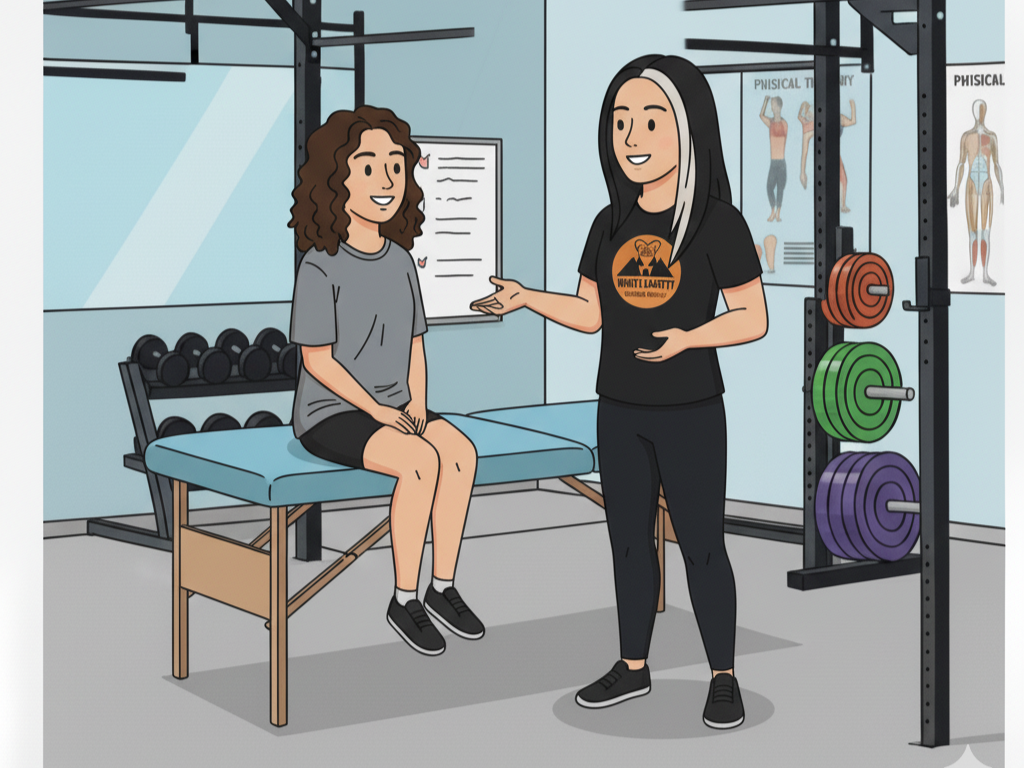Why Rest Isn’t the Answer for Most Injuries
You’ve probably heard it before: “Just test it and you’ll be fine.” The problem? Rest alone rarely fixes the root cause of most injuries.
Why Rest Won’t Heal Your Injury (and What Will)
We’ve all either experienced it ourselves or know someone how has. They feel that sharp pain in their shoulder/low back/knee during a workout or training session. Panic sets in, so they go to urgent care or a sports medicine doctor. They are told to stop doing CrossFit/running/etc. for a few weeks to let it rest. It starts feeling better, but soon after they return to activity, there’s that pain again. So… Is rest really the solution?
The Problem with “Just Rest It”
The once common advice of “Take a break and it’ll get better” or following the acronym RICE (Rest, Ice, Compression, Elevation) are outdated. Sure, if you do those things the inflammation from the initial injury will subside, resulting in less pain initially.
But the issue is that the underlying cause for why that injury occurred in the first place is still there. Not only has the underlying issue not been addressed with rest alone, but prolonged rest or disuse can potentially lead to additional problems like stiffness, deconditioning, and frustration.
REST = Rarely Eliminate Symptom Trigger
Again, rest alone rarely eliminates the reason behind the injury and what started causing symptoms in the first place.
Example #1: shoulder pain from poor overhead shoulder mobility → resting helps pain fade, but problem returns when overhead pressing or hanging from the rig resumes
Example #2: low back pain from poor movement patterning → resting helps pain fade, but problem returns when moderate to heavy pulling from the floor resumes
Example #3: knee pain from poor hip strength and control → resting helps pain fade, but problem returns when running, squatting, or jumping resumes
The Targeted Recovery Alternative
The advice of RICE has since been replaced the modern concepts of PEACE and LOVE.
In the early phases of injury (typically the initial 72 hours), we want to give the involved tissues PEACE to allow the body to appropriately initiate the healing process:
P = protect by causing additional stress to the area. Avoid movements and activities that result in pain of the involved area.
E = elevate the involved area above the level of your heart as often as possible to limit swelling (this is different than inflammation).
A = avoid anti-inflammatories including icing. The initial 72-hour natural inflammatory process is an essential step in the body’s amazing ability to heal itself – anti-inflammatory medications and icing can stall this process.
C = compression can help limit swelling.
E = education about the injury. This is what we’re doing right now, helping to educate you about how to handle the first couple of days after an injury. But every injury is different, so if you have additional questions during this initial 3 day timeframe, your local fitness forward doctors of physical therapy would be happy to go over additional information during an evaluation of the injury.
Once the initial 72-hour inflammatory process has passed, the next step is to give the involved tissues some LOVE.
L = load management. The body is incredible at creating positive adaptations when the correct stimulus is applied. These positive adaptations can include healing injured tissues, making tissues stronger, or improving a tissue’s mobility. The key is to apply the appropriate stimulus to the appropriate tissue at the appropriate dose.
O = optimism. Things will get better. This injury isn’t forever. This injury doesn’t define you.
V = vascularization to the involved tissues. Aerobic exercise not only boosts your mood, but it helps flush inflammatory chemicals and bathe the injured tissues in rich nutrients necessary to continue the healing process.
E = exercise. This goes hand-in-hand with load management and vascularization, but exercising the involved and surrounding areas to restore strength, mobility, balance, and pain-free movement patterns is essential to return to prior level of activity confidently.
Utilization of these concepts along with addressing the underlying causes of the injury, and providing guidance on how to appropriately modify your current training routine, not avoid it or “take a break” is how we approach injury recovery at Infinite Capacity Physical Therapy.
Why Cash-Based PT Works Better Here
Unfortunately, many insurance-driven physical therapy practices are bound by what their insurance contracts will reimburse them. You’d likely get 8 minutes of ice or e-stim because then they can bill another unit even if it might not be best practice. Here at Infinite Capacity, we collaborate with the patient to determine what’s best for their plan of care, not what someone sitting behind a desk at a commercial insurance company deems appropriate.
Those same insurance-driven barriers and reimbursement rates result in the necessity to see multiple patients at once in order to meet productivity standards. Not here… Freedom from those barriers means more time for 1-on-1, individualized, athlete-centered treatment delivered in a specific, progressive, and purposeful manner.
Don’t wait for rest to solve what it can’t. Schedule a free discovery call with one of our Doctors of Physical Therapy and start your journey back to your best self now.



